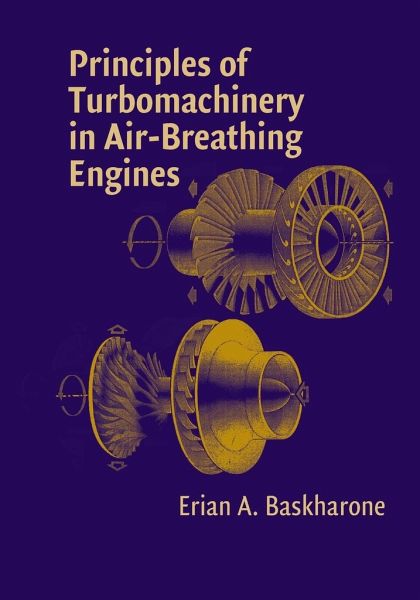
Principles of Turbomachinery in Air-Breathing Engines

PAYBACK Punkte
44 °P sammeln!
This book is intended for advanced undergraduate and graduate students in mechanical and aerospace engineering taking a course commonly called Principles of Turbomachinery or Aerospace Propulsion. It begins with a review of basic thermodynamics and fluid mechanics principles to motivate their application to aerothermodynamics and real-life design issues. This approach is ideal for the reader who will face practical situations and design decisions in the gas turbine industry. Among the features of the book are: - An emphasis on the role of entropy in assessing machine performance - A timely rev...
This book is intended for advanced undergraduate and graduate students in mechanical and aerospace engineering taking a course commonly called Principles of Turbomachinery or Aerospace Propulsion. It begins with a review of basic thermodynamics and fluid mechanics principles to motivate their application to aerothermodynamics and real-life design issues. This approach is ideal for the reader who will face practical situations and design decisions in the gas turbine industry. Among the features of the book are: - An emphasis on the role of entropy in assessing machine performance - A timely review of flow structures - Revisiting the subsonic and supersonic De Laval nozzle as it applies to bladed turbomachinery components - An applied review of boundary layer principles - And highlighting the importance of invariant properties across a turbomachinery component in carrying out real computational tasks. The text is fully supported by over two hundred figures, numerous examples and homework problems.




